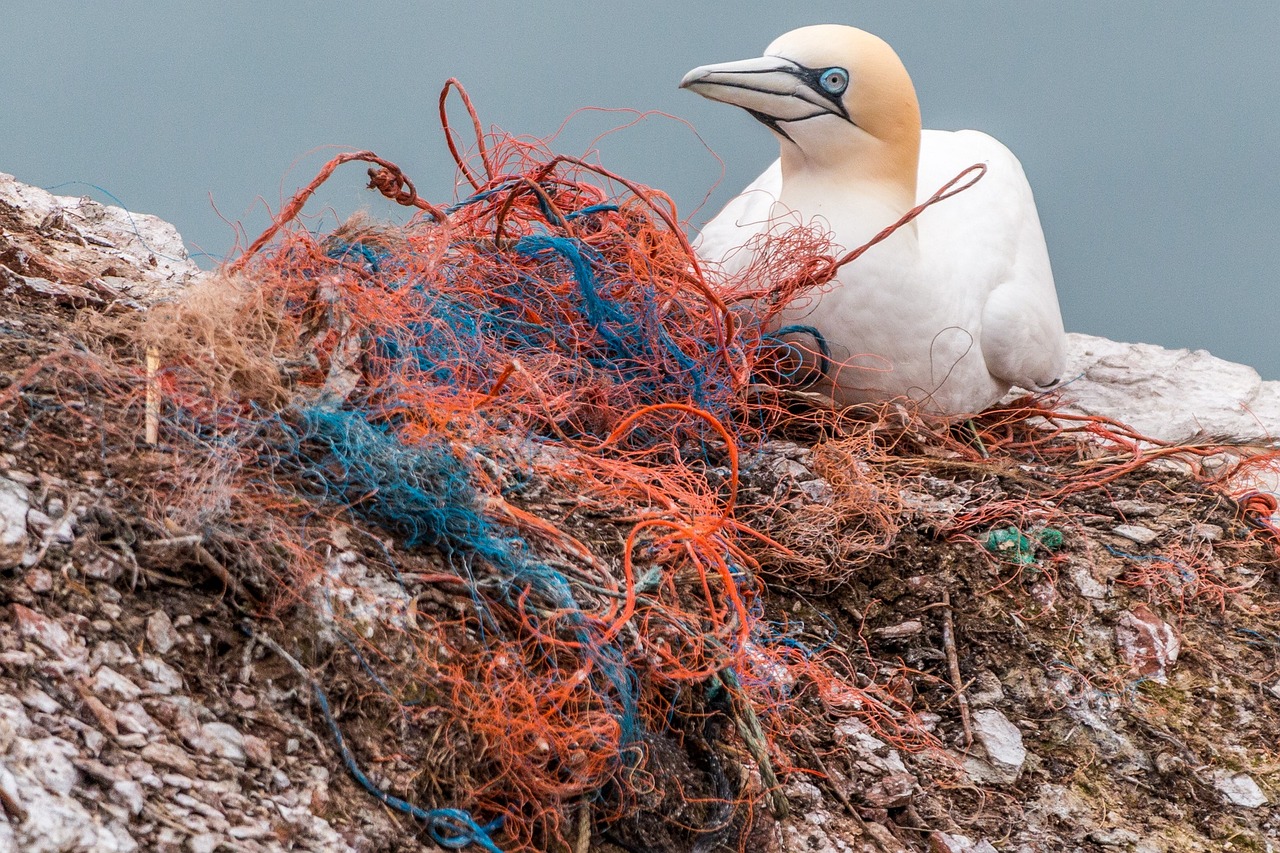
Looking for solutions to manage the global crisis of microplastics pollution, particularly in marine environments, will be the focus of the 1st Nano and Microplastics Australian Conference at Flinders University (7-8 March 2024).
The amount of plastic entering the oceans is expected to triple 2040, with 14 million tonnes already impacting marine ecosystems (United Nations Environment Program, 2021; Tuuri & Leterme, 2023). In the environment, plastic waste breaks down into micro- and nano-size particles or fragments of less than 1mm. Microplastics are the synthetic particles less 5mm and bigger 1 um and nanoplastics are synthetic particles less 1 um.

Australia, with its coastal urban concentration, contributes significantly to this challenge, generating 2.5 million tonnes of plastic waste annually, of which only 13% undergoes recycling (Australian Government, 2021).
Starting with the conference, the newly established Nano and Microplastic Research Consortium (NMRC) led by Flinders University’s College of Science and Engineering is bringing together key research organisations in a bid to establish standardised methods for nano- and microplastics analysis across land, water and other environmental areas.
“The conference is a crucial step in fostering collaboration and dialogue to address the environmental challenges posed by nano and microplastics and to contribute to the establishment of effective strategies for the future,” says Flinders University Associate Professor Melanie Macgregor, Matthew Flinders Fellow in Chemistry.
“The new Flinders consortium aims to build an inclusive international community comprising experts from academia, industry and research to collaboratively address the challenges of nano and microplastics.”
The conference’s diverse range of talks will explore microplastics in soil, air and sea, with contributions from organisations including CSIRO, ANSTO and the National Measurement Institute. The event aims to recognise strategies and lessons learned, paving the way for future steps in methods standardisation and the regulation of micro and nanoscale plastic pollution.
The two-day conference features panel discussions, expert presentation and industry workshops. Keynote speakers include Professor Mark Taylor (EPA Victoria), Professor Cherie Motti (Australian Institute of Marine Science), Dr Cheng Feng (University of Newcastle), Dr Shima Ziajahromi (Griffith University), Professor Fay Couciero (University of Portsmouth, UK), Dr Milica Velimirovic (Vito, Belgium) and Elena Buzzy (OECD).
Leaders in laboratory instruments development, such as Agilent, will present new technologies during specialised workshop. Representatives from government bodies (SA Water, EPA VIC, EPA SA), environmental organisations (AUSMAP, Conservation Volunteers AU), and leading laboratories (Envirolab, Eurofins) will contribute to discussions on regulations, public perception, and challenges in sampling and detection.
Nano and Microplastic Research Consortium partnerships include the South Australian Research and Development Institute (SARDI), the research arm of Primary Industries and Regions SA (PIRSA), The University of Newcastle, Griffith University, and international collaborations with the University of Portsmouth (UK) and the National Academy of Sciences of Ukraine. Industry and regulatory bodies, such as Envirolab, Agilent and the Environmental Protection Authority (EPA) are also active participants.






